
# 1623B FDC - 1977 13c Flag over Capitol, perf 10
Â
1975-81 Regular Issue Stamp
City:Â New York, NY
Perforation: 10 x 9 ¾ 1
The Flag of Liberation
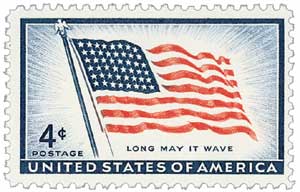
On December 7, 1941, Japan attacked Pearl Harbor. A day that will live in infamy, the attack prompted an unusual handling of the American flag, which became known as the Flag of Liberation.
On a quiet Sunday morning, a flag fluttered in the December breeze over the Capitol in Washington, DC. That flag would become significant because of events happening halfway around the world. It was December 7, 1941, the day Japan attacked the naval base in Pearl Harbor, Hawaii. America declared war on Japan the next day, although Congress took three days to satisfactorily develop the wording of the declaration.
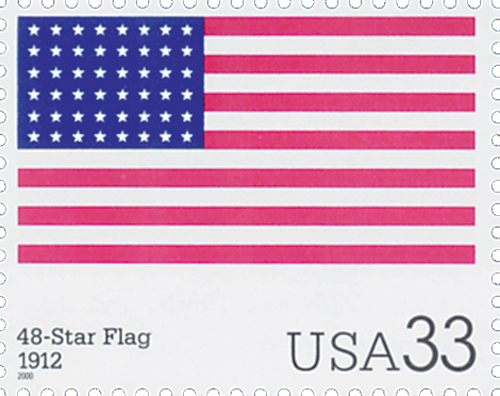
During those three days, President Franklin D. Roosevelt ordered that the US flag flying over the Capitol building on December 7th remain throughout the following nights and days. It was customary for the flag to be replaced on a daily basis and lowered at night. So that flag flew for three days, until Congress’ statement was finished. President Roosevelt then instructed the flag to be lowered.
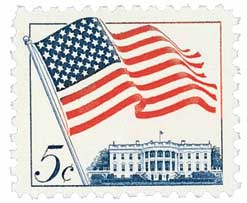
Roosevelt’s ruling was consistent with the Flag Code, which had been put into action on March 3, 1931. While flags are not routinely flown at night, and the Capitol building’s flag was normally changed on a daily basis, the Code states that the president of the United States can modify the customs as considered appropriate, and when proclaimed. Roosevelt was careful to respect the traditions of both the flag and the Flag Code.

Roosevelt called it the “Flag of Liberation,†and the banner was carefully preserved. Roosevelt frequently took it with him on trips. The flag traveled with the president to French Morocco, in 1943, when he met with Britain’s prime minister, Winston Churchill, at the Casablanca Conference. There, the leaders of the two countries decided to join forces to defeat the Axis powers of Germany, Italy, and Japan.
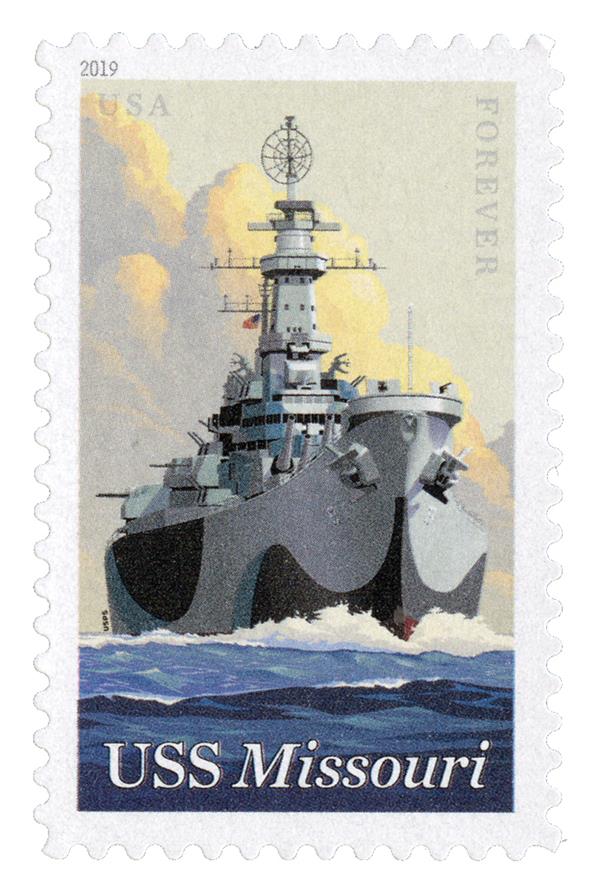
Roosevelt then turned the flag over to the Army, ordering that it be raised in every country that had been overrun by enemy forces during the war. The Flag of Liberation was raised over Rome, Italy, on July 4, 1944, and Berlin, Germany, on July 20, 1945. By that time, Roosevelt had died, and Harry Truman became president. He was present in Germany when the flag was raised. Truman said the flag represented the American people, “who are looking forward to a better world…â€
On September 2, 1945, the Flag of Liberation was again flying high – this time on the USS Missouri, where Japanese officials signed the official statement of surrender. The Flag of Liberation wasn’t the only famous flag present that day. The American flag flown by Commodore Matthew Perry when he sailed into Tokyo Bay in 1853 was flying alongside the Flag of Liberation. Perry’s trip marked the “opening up†of Japan to the West.  The Flag of Liberation then returned to the US and was displayed in the in the dome of the Capitol.
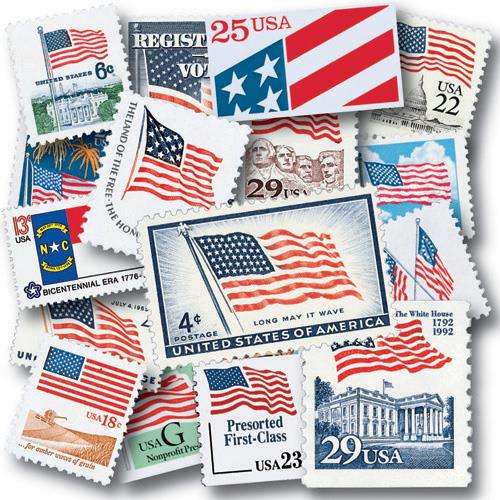
Â
Â
1975-81 Regular Issue Stamp
City:Â New York, NY
Perforation: 10 x 9 ¾ 1
The Flag of Liberation

On December 7, 1941, Japan attacked Pearl Harbor. A day that will live in infamy, the attack prompted an unusual handling of the American flag, which became known as the Flag of Liberation.
On a quiet Sunday morning, a flag fluttered in the December breeze over the Capitol in Washington, DC. That flag would become significant because of events happening halfway around the world. It was December 7, 1941, the day Japan attacked the naval base in Pearl Harbor, Hawaii. America declared war on Japan the next day, although Congress took three days to satisfactorily develop the wording of the declaration.

During those three days, President Franklin D. Roosevelt ordered that the US flag flying over the Capitol building on December 7th remain throughout the following nights and days. It was customary for the flag to be replaced on a daily basis and lowered at night. So that flag flew for three days, until Congress’ statement was finished. President Roosevelt then instructed the flag to be lowered.

Roosevelt’s ruling was consistent with the Flag Code, which had been put into action on March 3, 1931. While flags are not routinely flown at night, and the Capitol building’s flag was normally changed on a daily basis, the Code states that the president of the United States can modify the customs as considered appropriate, and when proclaimed. Roosevelt was careful to respect the traditions of both the flag and the Flag Code.

Roosevelt called it the “Flag of Liberation,†and the banner was carefully preserved. Roosevelt frequently took it with him on trips. The flag traveled with the president to French Morocco, in 1943, when he met with Britain’s prime minister, Winston Churchill, at the Casablanca Conference. There, the leaders of the two countries decided to join forces to defeat the Axis powers of Germany, Italy, and Japan.

Roosevelt then turned the flag over to the Army, ordering that it be raised in every country that had been overrun by enemy forces during the war. The Flag of Liberation was raised over Rome, Italy, on July 4, 1944, and Berlin, Germany, on July 20, 1945. By that time, Roosevelt had died, and Harry Truman became president. He was present in Germany when the flag was raised. Truman said the flag represented the American people, “who are looking forward to a better world…â€
On September 2, 1945, the Flag of Liberation was again flying high – this time on the USS Missouri, where Japanese officials signed the official statement of surrender. The Flag of Liberation wasn’t the only famous flag present that day. The American flag flown by Commodore Matthew Perry when he sailed into Tokyo Bay in 1853 was flying alongside the Flag of Liberation. Perry’s trip marked the “opening up†of Japan to the West.  The Flag of Liberation then returned to the US and was displayed in the in the dome of the Capitol.

Â








